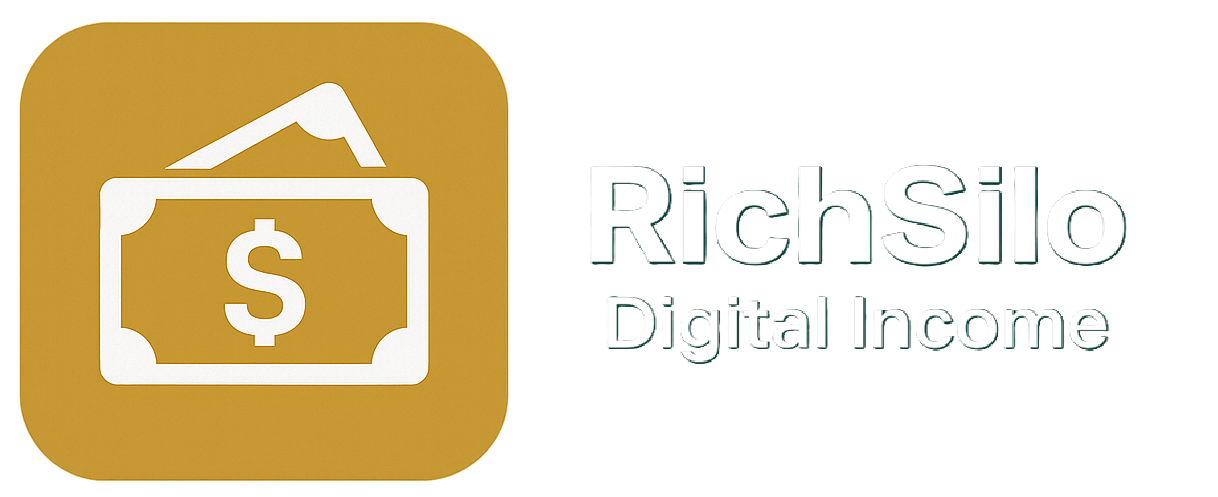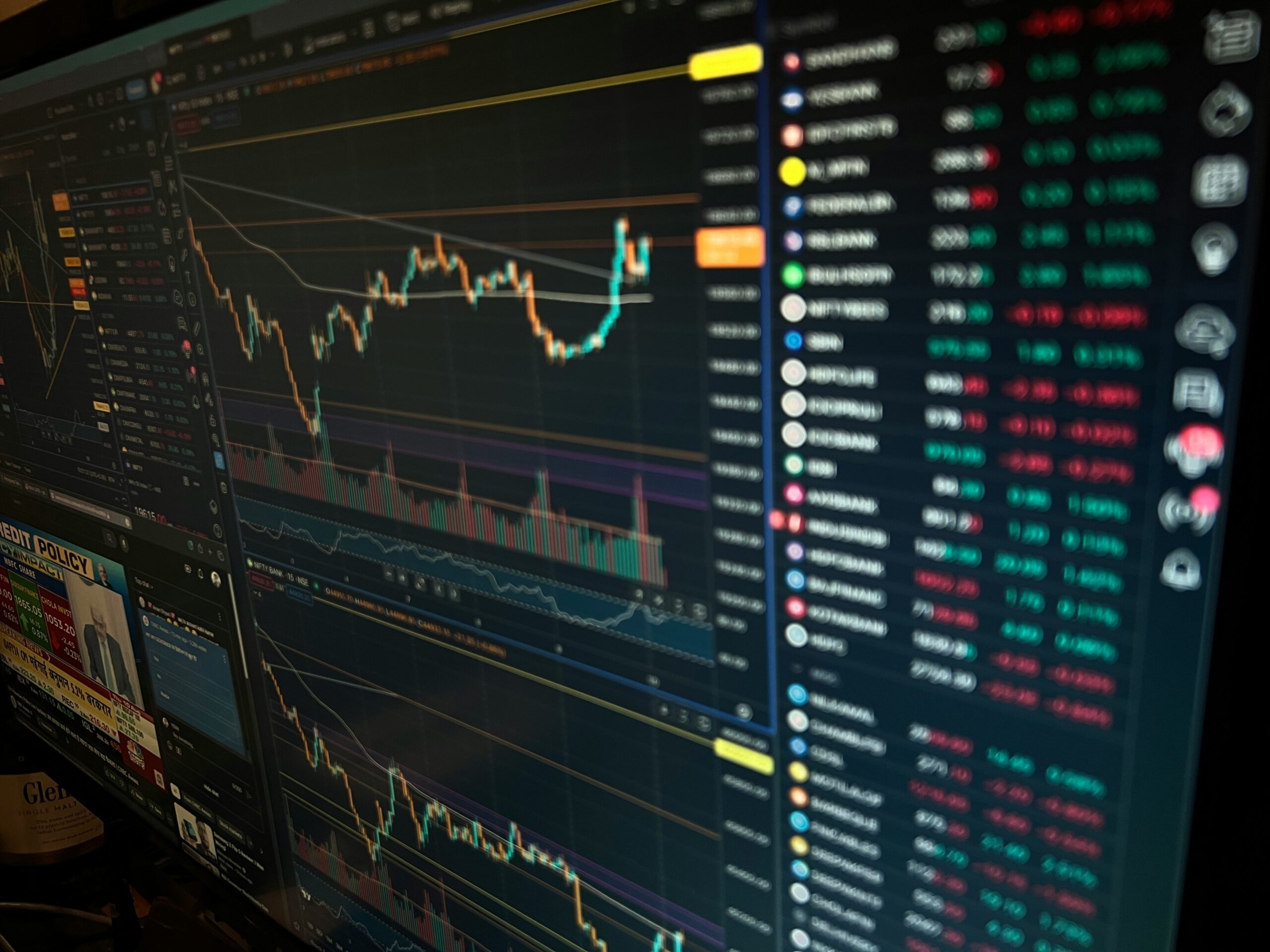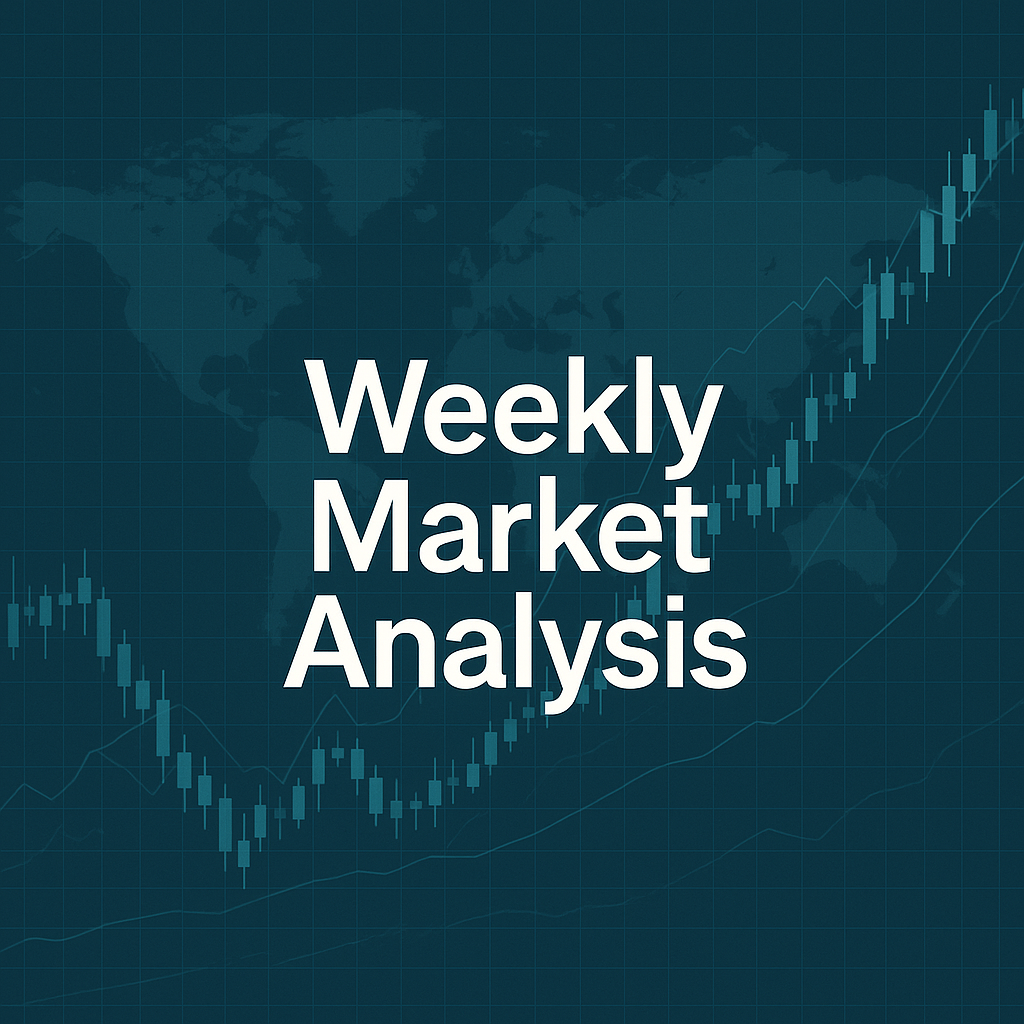Stocks vs Forex: Key Differences, Pros & Cons for Beginners
Investing and trading have exploded in popularity over the past decade, with two of the most accessible markets being stocks and foreign exchange (Forex). While both offer opportunities for profit, they differ significantly in terms of structure, risk profile, costs, and required expertise. This article breaks down the key contrasts between stocks and Forex to help you decide which market aligns with your goals and trading style.
Market Overview 🌐
-
Stocks 📈represent shares of individual companies. When you buy a share, you own a small piece of that company and may receive dividends and voting rights.
-
Forex 💱 is the global marketplace for trading currency pairs (e.g., EUR/USD). No ownership of an underlying asset occurs; instead, you speculate on one currency’s value relative to another.
Trading Hours 🕒
-
Stocks
-
Typically tied to your exchange’s local hours (e.g., NYSE 09:30–16:00 EST).
-
Extended pre- and post-market sessions exist but often have lower liquidity.
-
-
Forex
-
Operates 24 hours a day, five days a week, driven by overlapping sessions in Tokyo, London, and New York.
-
Ideal for traders seeking flexibility across global time zones.
-
Liquidity and Volume 💧
-
Stocks
-
Liquidity varies by company. Large-cap stocks (e.g., Apple, Microsoft) enjoy high volume and tight spreads. Smaller companies may be thinly traded, leading to slippage.
-
-
Forex
-
The most liquid market in the world, with over $6 trillion traded daily. Major pairs like EUR/USD or USD/JPY boast razor-thin spreads and minimal slippage for most retail traders.
-
Volatility and Risk ⚡
-
Stocks
-
Individual equities can be highly volatile—earnings reports, M&A news, or sector rotation can cause price swings of 5–10 % in a single day.
-
Diversification (holding multiple stocks) helps manage idiosyncratic risk.
-
-
Forex
-
Major pairs generally exhibit lower volatility (0.5–1 % daily), but exotic pairs can jump 2–5 %.
-
Geopolitical events, central bank policies, and economic data releases drive big moves.
-
Leverage and Margin 🪙
-
Stocks
-
Margin trading is available but typically capped at 2:1 for retail clients (e.g., buying $10,000 of stock requires $5,000 equity).
-
Lower leverage reduces the chance of a margin call but also limits profit potential.
-
-
Forex
-
Brokers commonly offer up to 50X (or even 2000X outside regulation), meaning a $1,000 deposit controls $50,000 in currency.
-
High leverage magnifies gains and losses—strict risk management is essential.
-
Costs and Fees 💰
-
Stocks
-
Commission-free trading is now common, but fees may apply for broker-assisted trades or special order types.
-
Regulatory fees (e.g., SEC, FINRA) and exchange fees can add up on high-volume traders.
-
-
Forex
-
Brokers earn via the spread (bid/ask difference). Some charge commissions on top of ultra-tight spreads.
-
Overnight financing (swap/rollover) fees apply if positions are held beyond a trading day.
-
Accessibility and Instruments 🛠️
-
Stocks
-
Thousands of companies to choose from across sectors and markets.
-
Additional instruments: ETFs, REITs, ADRs, and stock options.
-
-
Forex
-
Focused on currency pairs, plus CFDs on commodities or indices in some platforms.
-
Limited variety compared to stocks, but major and minor pairs cover most global economies.
-
Conclusion 🎯
Or take your Forex game to the next level:
- 💼 FundedNext
Fast-growing prop firm specializing in Forex/CFD funding. Tiered evaluation, low entry costs, and up to 90% profit payouts. Seamless MT4/5 integration. Use code REFJKLMRE for 5% off: FundedNext Challenge
Inbox Insights
Subscribe for weekly market updates, expert strategies, and in-depth analysis.



